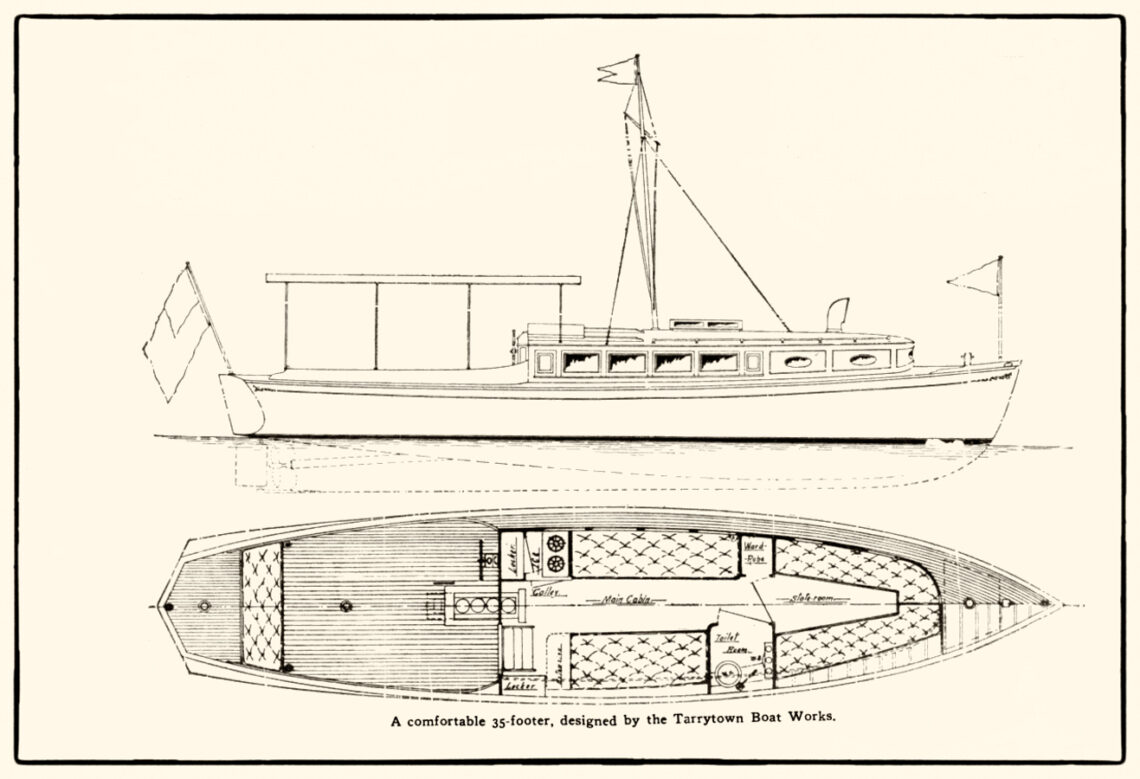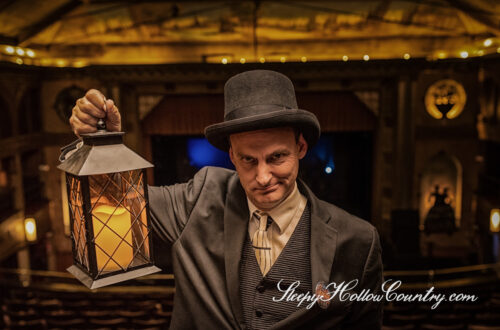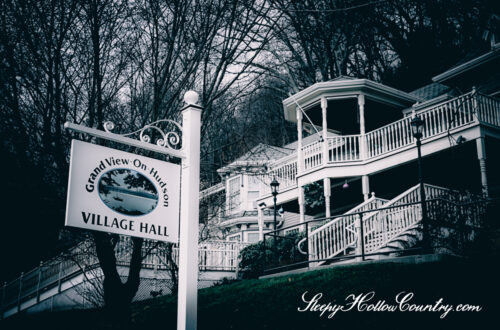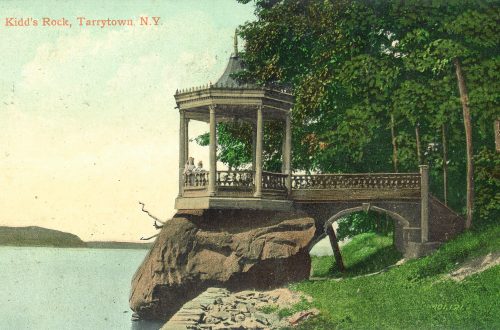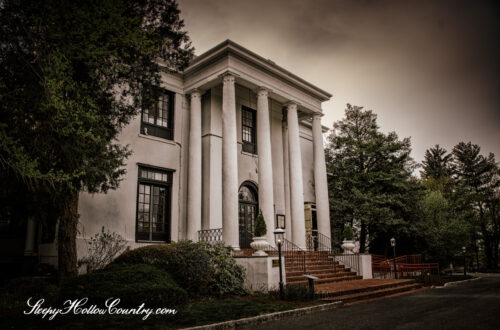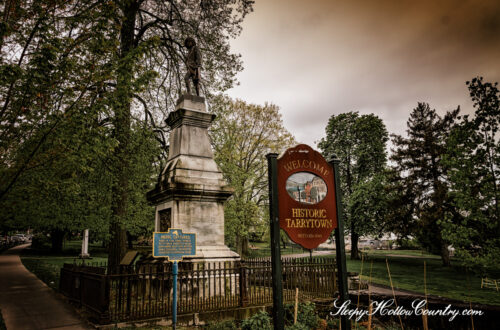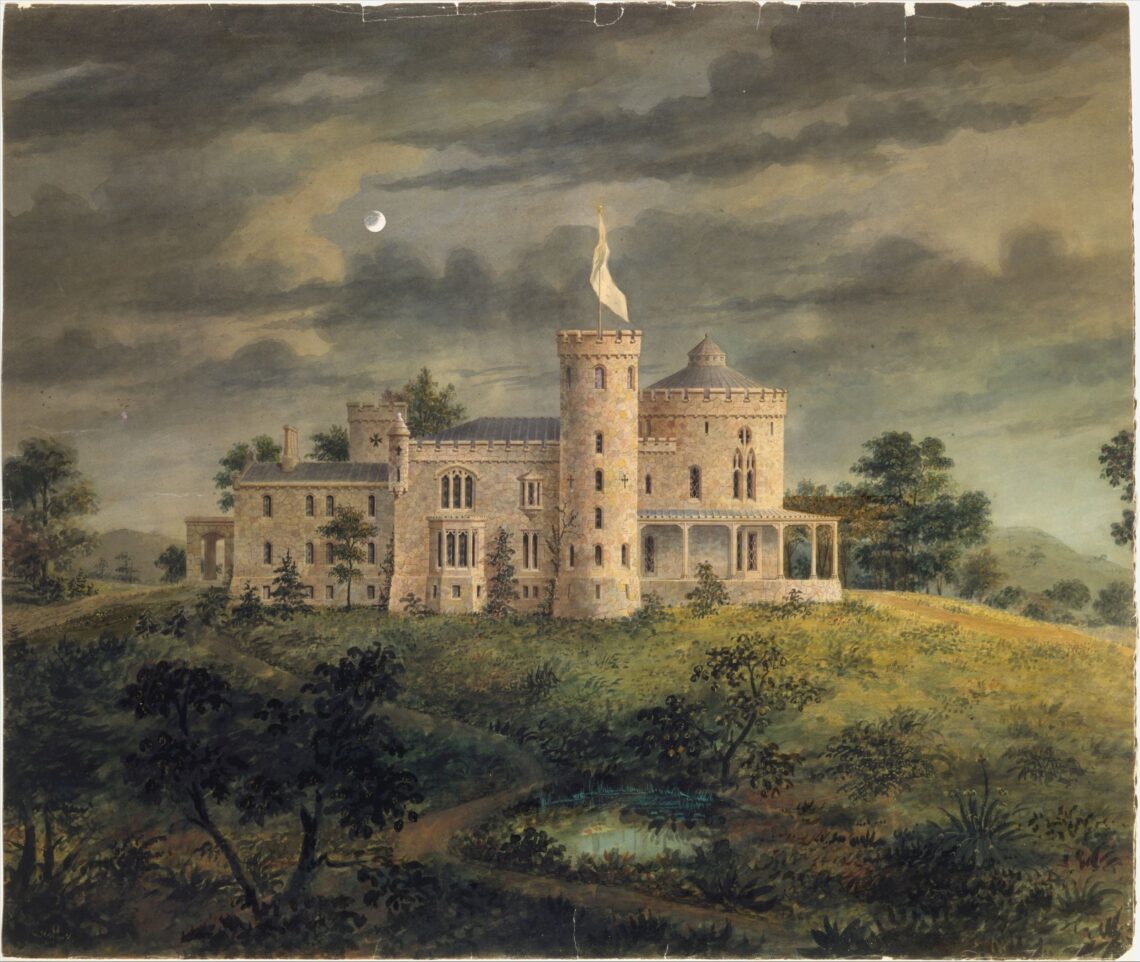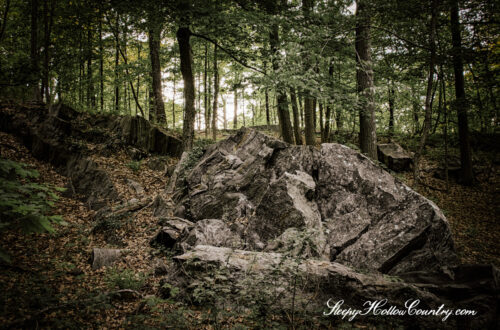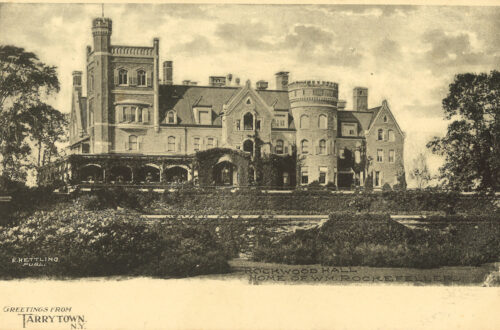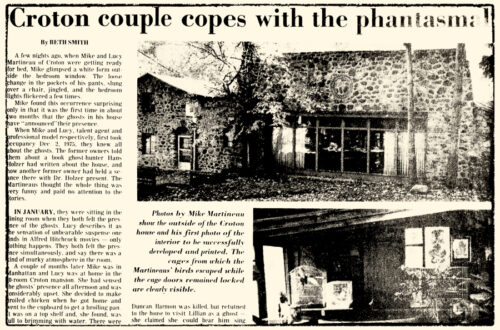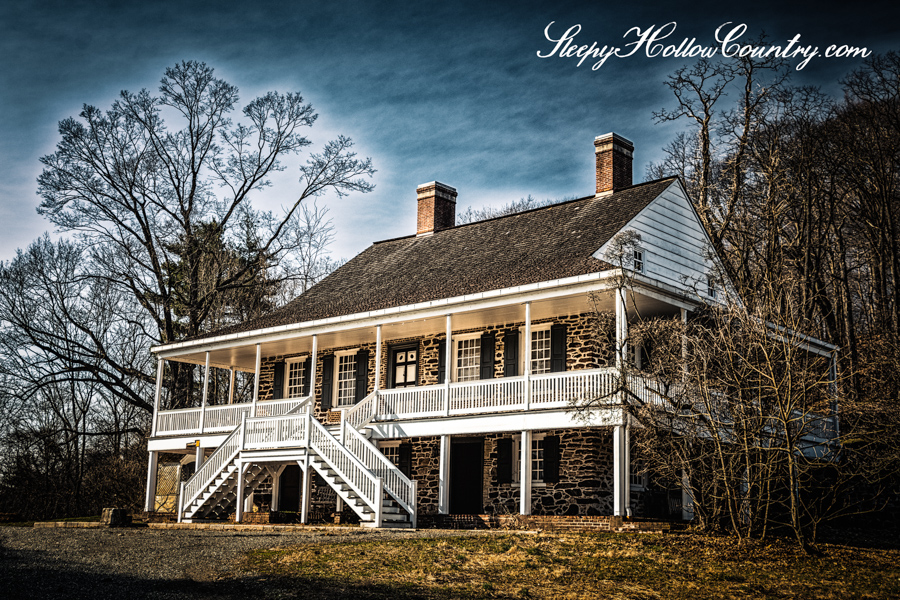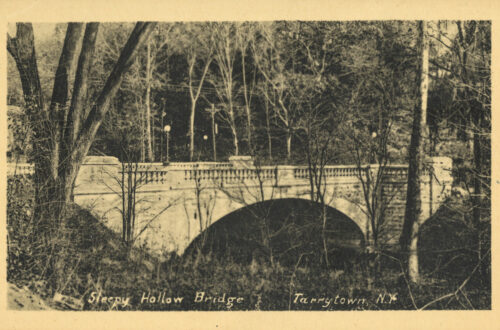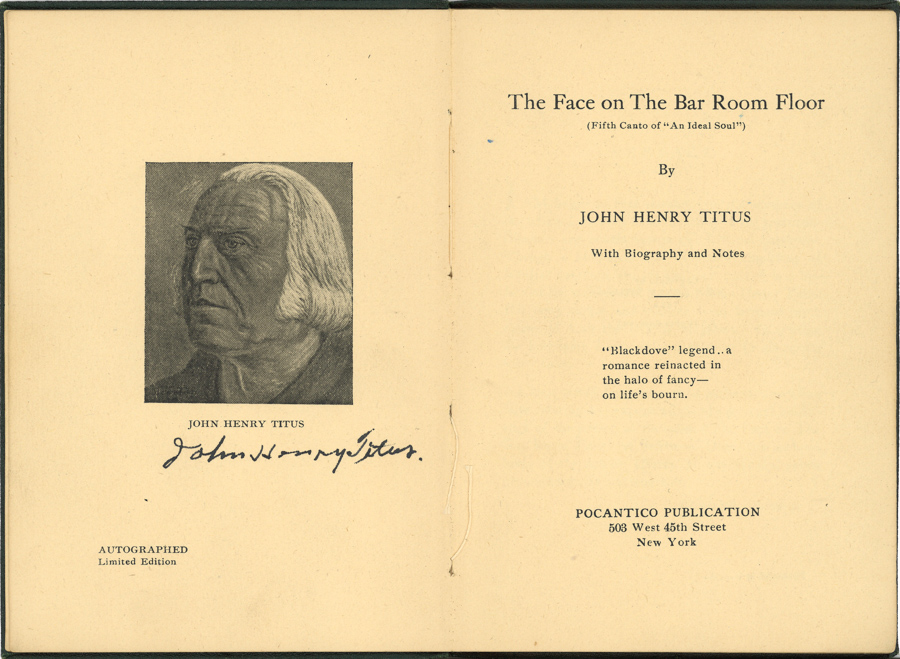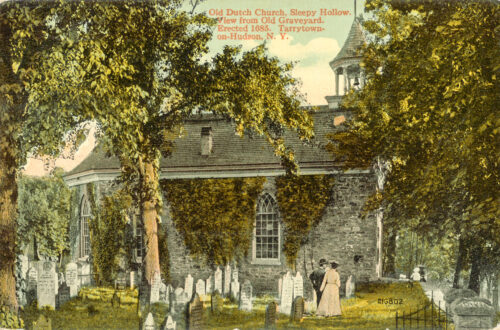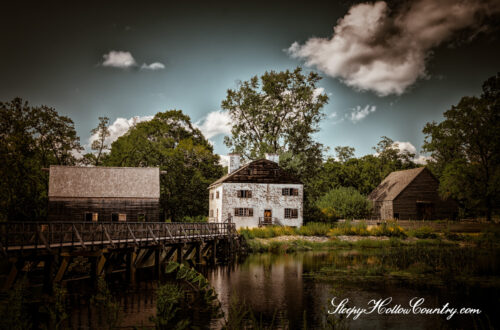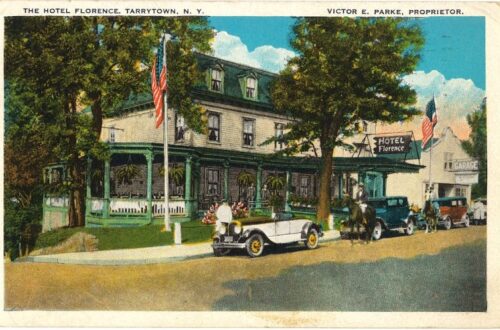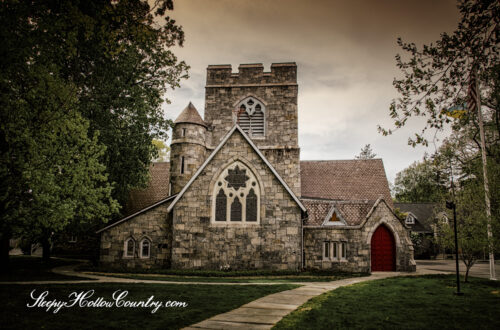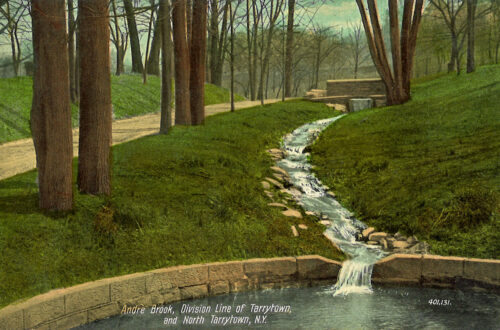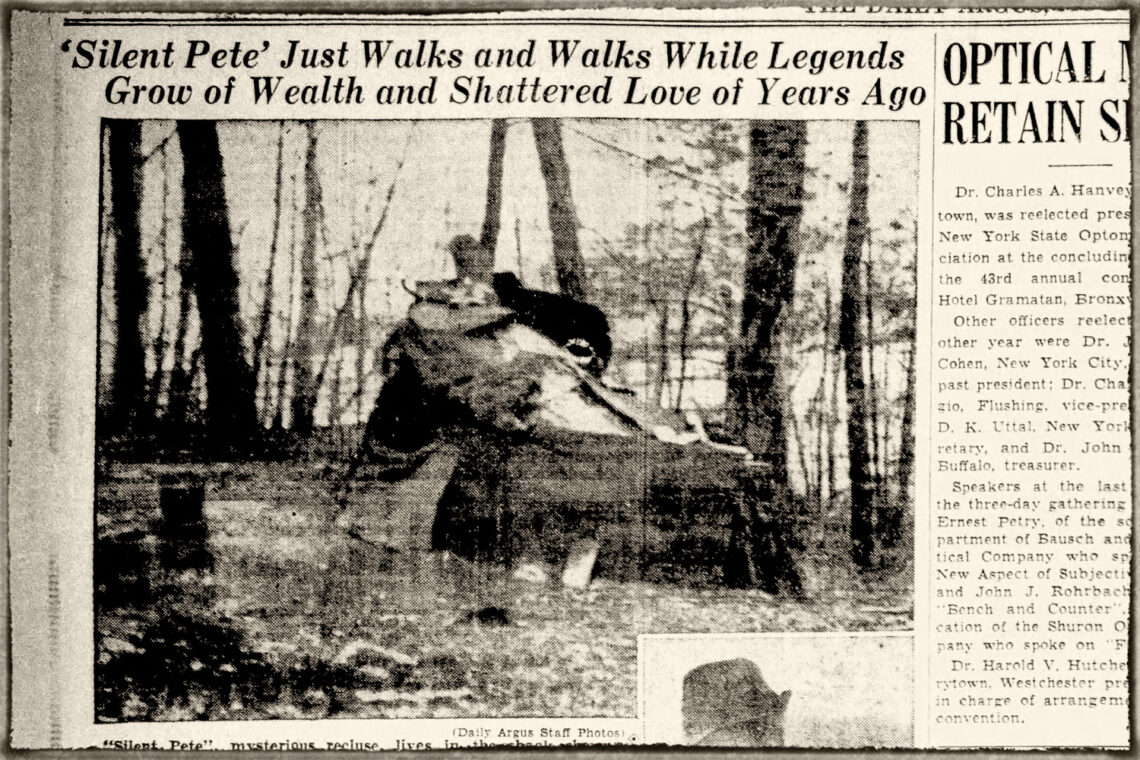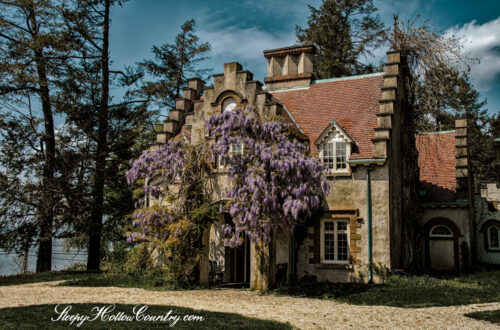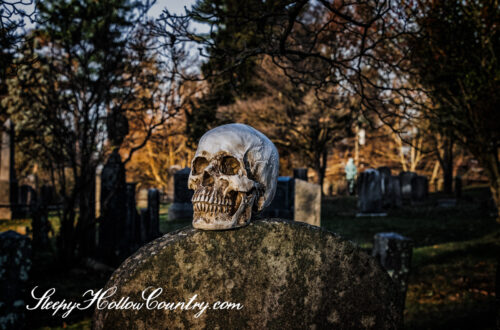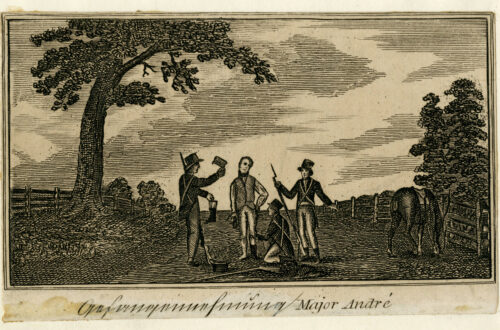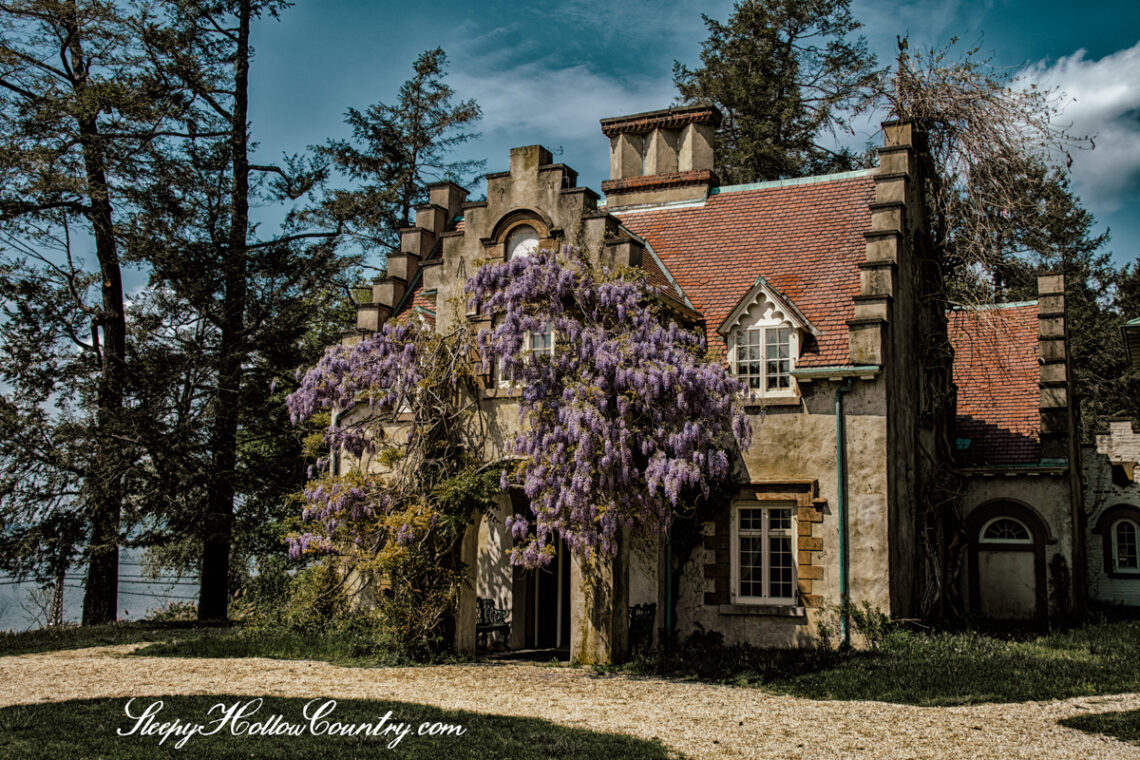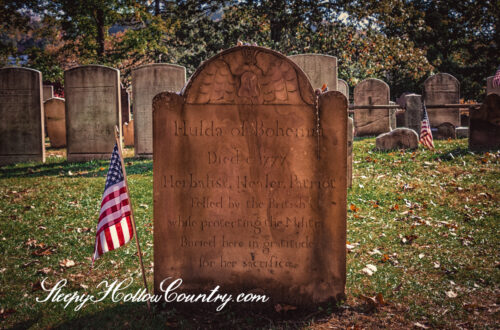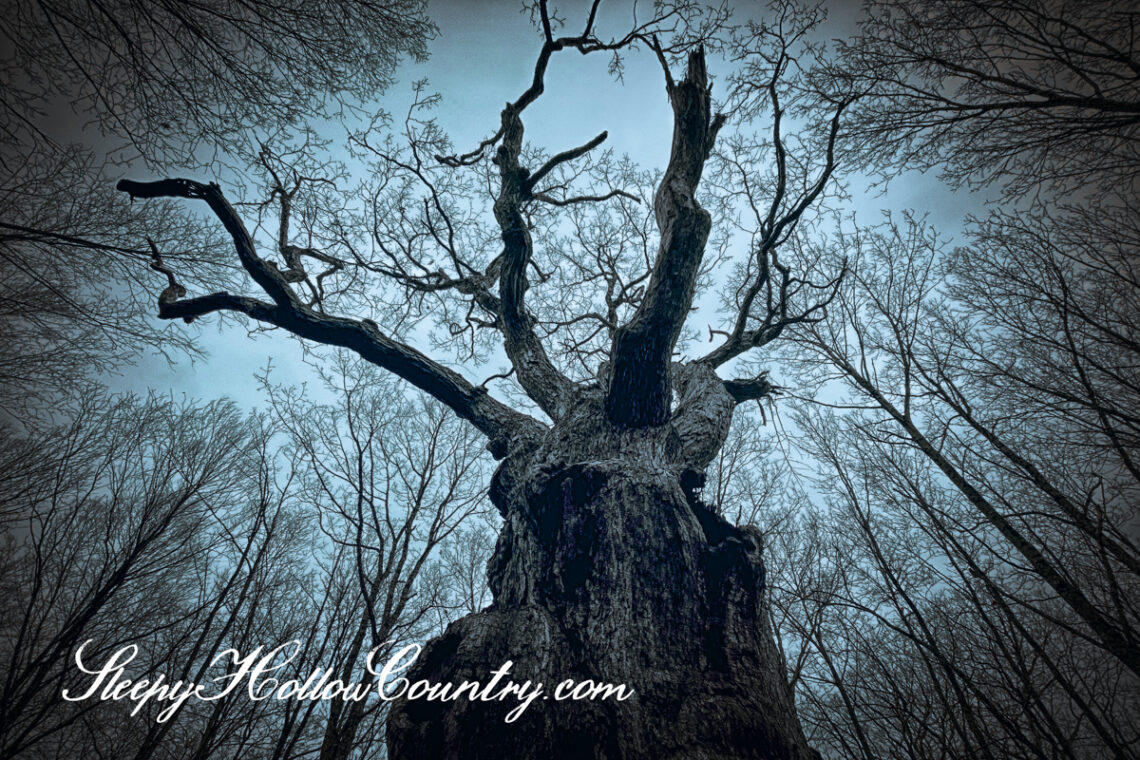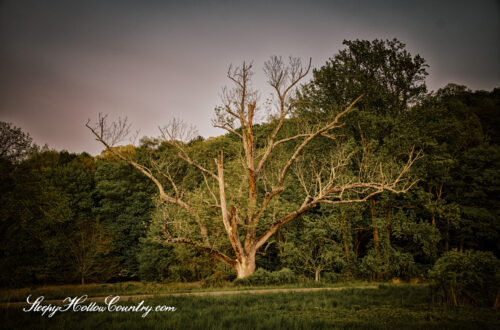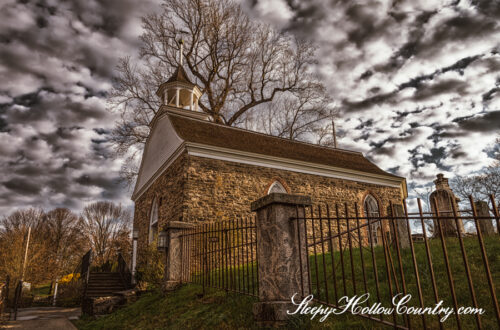-
Tarrytown Boat Works
Tarrytown Boat Works was part of a vibrant Hudson River working waterfront during the early years of the 20th century. It was one of at least three boat builders on the Tarrytown waterfront over the years, including local powerhouses John O. Brown and Julius Petersen. While traces of any local boat builders are hard to find 100 years later, we dug deep into the archives to piece together this brief history of Tarrytown Boat Works. Sadly, we have not been able to track down any surviving watercraft from this shop. What we know for sure is that the business was incorporated in 1910. The annual report from the New York…
-
Those Wild and Crazy Tarrytown Squirrels
Here in the pages of Sleepy Hollow Country we live and breathe the odd and unexplained. Today we tender a few offbeat stories on rather unusual behavior by a bunch of Tarrytown squirrels. Before we start it is only fair to point out our little furry friends aren’t the only critters to exhibit outlandish behavior in these parts. Goats, chickens, and even mosquitoes have had their moments. A student of literature, however, may recall a line from “The Legend of Sleepy Hollow” that suggests it is the human residents of the hollow who have a propensity to see marvelous visions: “They are given to all kinds of marvelous beliefs; are…
-
Ericstan: The Lost Castle of Tarrytown
Once upon a time, in Sleepy Hollow Country, there were not one, but four impressive stone “castles” in the region. Two of these are still in the landscape today: Carrollcliff and Lyndhurst. The remaining two are no longer standing and lost to time. One had featured prominently, overlooking the village of Tarrytown, with towers and wisteria-covered walls that commanded one of the best views of the Hudson River. This lost castle was Ericstan. Architect Alexander Jackson Davis was busy designing and building residences in the Sleepy Hollow region in the early 19th century. He was an artistic acquaintance of George Harvey, the artist who designed Sunnyside for Washington Irving, and…
-
Van Cortlandt Manor
Just above the Philipsburg Manor’s northern boundary, at the junction of the Croton and Hudson Rivers, is another local representation of the early Dutch colonial period: Van Cortlandt Manor. The Van Cortlandt family established this massive 86,000-acre estate that was bounded to the west by the Hudson River, to the east by the borders of Connecticut, and stretching to the north 10 miles. Today, it is a National Historic Landmark with various architecturally significant buildings and landscapes. First Lord of Van Cortlandt Manor Stephanus Van Cortlandt was well-known historically as the first American-born, Dutch Mayor of New York City in the 17th century. His youngest sister’s second husband was Frederick…
-
The Bard of Tarrytown
The Bard of Tarrytown. The Poet of the Pines. The Tanyard Poet. The World’s Most Gifted Seer, Palmist and Medium. These were just some of the professional titles used by the tireless and shameless self-promoter John Henry Titus throughout his long life. He missed the chance to apply even more apt titles to himself: Spinner of Yarns, Teller of Tall Tales, Purveyor of Pablum. Hold on as we explore the life of John Henry Titus through a trail of newspaper advertisements, news articles, and self published books. Here in Sleepy Hollow Country we are all too familiar with out-of-towners sweeping in to school us simple, unsophisticated yokels. A fellow named…
-
The Man, The Myth, The Legend: Washington Irving. Part 2: A Traveling Literary Lawyer
“To me the Hudson is full of storied associations, connected as it is with some of the happiest portions of my life. Each striking feature brings to mind some early adventure or enjoyment; some favorite companion who shared it with me; some fair object, perchance, of youthful admiration, who, like a star, may have beamed her allotted time and passed away.” Washington Irving, The Life and Letters of Washington Irving, by his nephew Pierre Irving, 1869. At the age of fifteen and the end of his education, young Washington Irving did not follow an academic path to Columbia College like some of his brothers. Education was a “drudgery” to Irving,…
-
The Obstreperous Tarrytown Goats
In fairness to goats everywhere, Tarrytown goats are not unique in their obstreperousness. They are an unruly animal across the board. However, here in Sleepy Hollow Country we have more than our share of oddities, and our goats are no exception. Make that past tense. At the time of writing, Tarrytown and Sleepy Hollow restrict livestock within village limits. Here are three of our favorite tales of Tarrytown goats. Tarrytown Goat Sets Monetary Policy In the late 1800s the United States Congress hotly debated changes to monetary policy. At issue in the “money question” of the day was whether to base American currency on gold or on silver. Further, there…
-
The Lonely Life of Silent Pete
“For nearly 20 years—as far as anyone knows—a shabby, slouching figure of a man has been walking daily between Yonkers and North Tarrytown, creating for Hudson Valley residents a new legend. He never speaks: so he’s called Silent Pete. Iron Mike and Nothing Joe. He just walks.” The Tarrytown Daily News, Tarrytown, NY. May 19, 1938. Tarrytown and North Tarrytown (today’s Sleepy Hollow) were once the haunts of Silent Pete, a reclusive and mysterious character who walked a regular route along the river towns in southern Westchester County. Reclusive and mysterious characters aren’t in short supply in Sleepy Hollow Country. In fact, Silent Pete picked up the mantle from two…
-
Sunnyside: Mr. Irving Builds his Dream House
“I am more and more in the notion of having that little cottage below Oscar’s house, and wish you to tell him to endeavor to get it for me. I am willing to pay a little unreasonably for it, and should like to have it in time to make any alterations that may be advisable, as early as possible in the spring.” The Life and Letters of Washington Irving, Vol. 3, pg. 30. Dutch immigrant Wolfert Acker lived in a modest farmhouse that was part of the many tenant properties on the Philipse Manor. It was situated on the Hudson River in a small hollow in the land on a…
-
Tragedy at the Boutonville Oak
Let’s hike in the woods of the Ward Pound Ridge Reservation to the Boutonville Oak. We can thread along roads and trails, traverse hollows, and make our way along densely wooded hillsides. It is a nature preserve of nearly 4,400 acres and one of Sleepy Hollow Country’s largest parks. It has a deep and storied history and the many points of interest can lead from one legend to the next. History of the Boutonville Oak Embedded on the far eastern border though, towers an ancient and gnarled oak tree. Known locally as the Boutonville Oak, for its proximity to the hamlet of Boutonville, this sentinel in the landscape took root…
